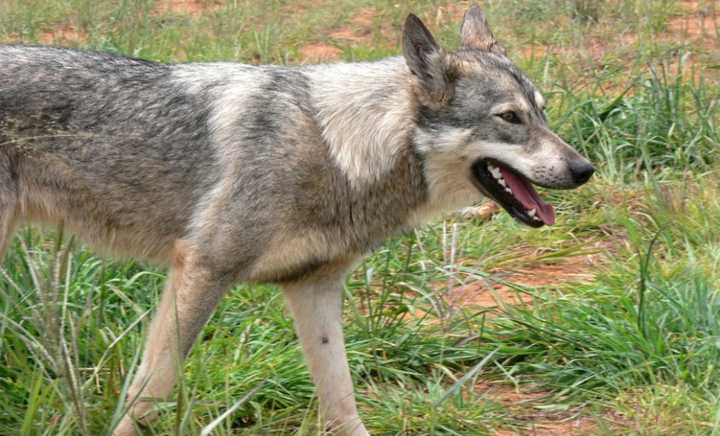The New Canaan Police Department issued an alert warning that “the hunting and breeding has these animals on the move. Residents should be alert on the roadways and protect their pets from possible encounters with buck and coyote.
“Southwest residents should not let their guard down despite the continued leg-hold trapping and killing of coyote in their neighborhoods.”
Earlier this month, a small dog on a leash was attached by a rogue coyote in Wolcott.
According to the Connecticut Department of Energy and Environmental Protection, coyotes were not originally found in Connecticut, but have extended their range eastward during the last 100 years from the western plains and the midwestern United States, through Canada and into the northeastern and mid-Atlantic states.
“Coyotes were first reported in Connecticut in the mid-1950s. For the next 10 years, most coyote reports were from northwestern Connecticut. Coyotes eventually expanded their range throughout the entire state and are now a part of Connecticut’s ecosystem. The coyote is one wildlife species that has adapted to human-disturbed environments and can thrive in close proximity to populated areas.”
Connecticut DEEP noted that “as coyotes have become more common, public concerns about coyotes attacking pets and people, especially children, have increased. Although some coyotes may exhibit bold behavior near people, the risk of a coyote attacking a person is extremely low. This risk can increase if coyotes are intentionally fed and then learn to associate people with food.”
According to the Parks Department, coyotes are canines, “which means that they are members of the same genus as wolves and domesticated dogs. In general, coyotes appear ‘sleeker’ than domesticated dogs, with a flatter forehead and a more pointed snout.
“Coyotes appear to have longer legs than domesticated dogs, while dogs appear to have deeper chests. Also, they have very different tracks. Coyote tracks are more elongated, and they place their front and back paws in alignment when they walk.”
DEEP noted that "In fall, deer grow a special winter coat and begin to store fat. The winter coat has hollow guard hairs for insulation with a finer undercoat for warmth, which help deer retain body heat, thus reducing energy demands. Fat reserves put on by deer in fall provide energy and heat over the winter. In addition, deer decrease their metabolic rate during winter, reducing food requirements to about half of their summer requirements.
Click here to follow Daily Voice Brookfield and receive free news updates.
